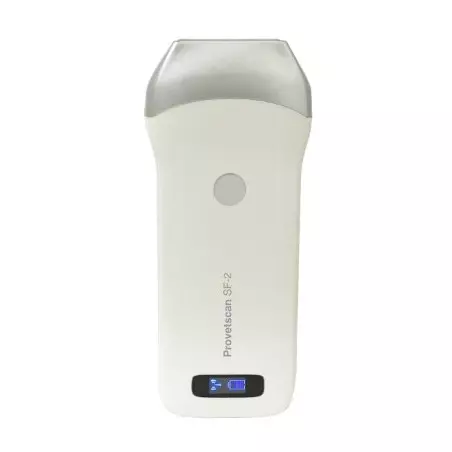The modern type of group housing for sows with individual feeding is the electronic sow feeding (ESF) system, however, its effect on sow welfare is inconsistent because of the complexity and wide disparity in the design and management of commercial group housing systems. Therefore, an experiment was conducted to assess the welfare and productivity of gestating sows in groups with ESF during the first three parities. A total of 83 pregnant gilts [Yorkshire×Landrace] were housed into ST: gilts housed in individual stalls, and ESF: gilts housed in groups with ESF system on the basis of body weight (BW) and backfat thickness (BFT) in a completely randomized design. Rice hulls were used as bedding material on the group housing floor. The same commercial gestating diet was provided daily at 2.0 kg, 2.2 kg and 2.4 kg/day in the first, second and third parity, respectively, in both treatments. All sows introduced farrowing crates five days before expected farrowing. BW and BFT of the sows were measured at d 35, and 110 of gestation as well as at 12 h and d 21 postpartum. Parturition time was recorded during farrowing. Reproductive performance, including total born, stillborn, mummy, born alive, mortality, weaning pigs as well as litter and piglet weight were recorded. Scratch incidence and locomotion scores in sows were assessed at d 36, 70, and 110, respectively. Ten sows in each treatment were randomly selected for blood sampling. Serum samples were analyzed for cortisol and oxytocin levels.
In the gestation period, ESF tended to increase BW gain in the second parity, and consistently showed significance during the third parity, resulting in higher BW at d 110. Similarly, BFT gain tended to be higher in ESF than ST. Estimated body fat contents changes are also higher in ESF regardless of the parities. However, there were no significant differences on sow BW and BFT changes during lactation. There was a tendency of shorten duration of farrowing in the ESF. In reproductive performances, higher piglet stillborn in ST was observed. In endocrinal analysis, ST higher serum cortisol was observed at d 110 of gestation, whereas no detectable difference was observed in the serum oxytocin level. Higher incidence of body scratch was scored in ESF treatment in early gestation in all parities. Likewise, ESF treatment were observed higher locomotor disorders in the middle and late gestation periods (P=0.07).

In conclusion, our results suggested that the Group housing with ESF system showed higher growth performance and survival rate of piglets. However, more incidences of body scratch and higher locomotion disorder scores observed in the ESF sows was due to the combination of persistent fighting around the ESF machines and inadequate bedding materials. Consequently, it is necessary to consider an adequate space divider or barrier for gestating sows to avoid aggression in the group housing with ESF system.
Jang, J. C., Hong, J. S., Jin, S. S., and Kim, Y. Y. (2017). Comparing gestating sows housing between electronic sow feeding system and a conventional stall over three consecutive parities. Livestock Science, 199, 37-45. http://doi.org/10.1016/j.livsci.2017.02.023




